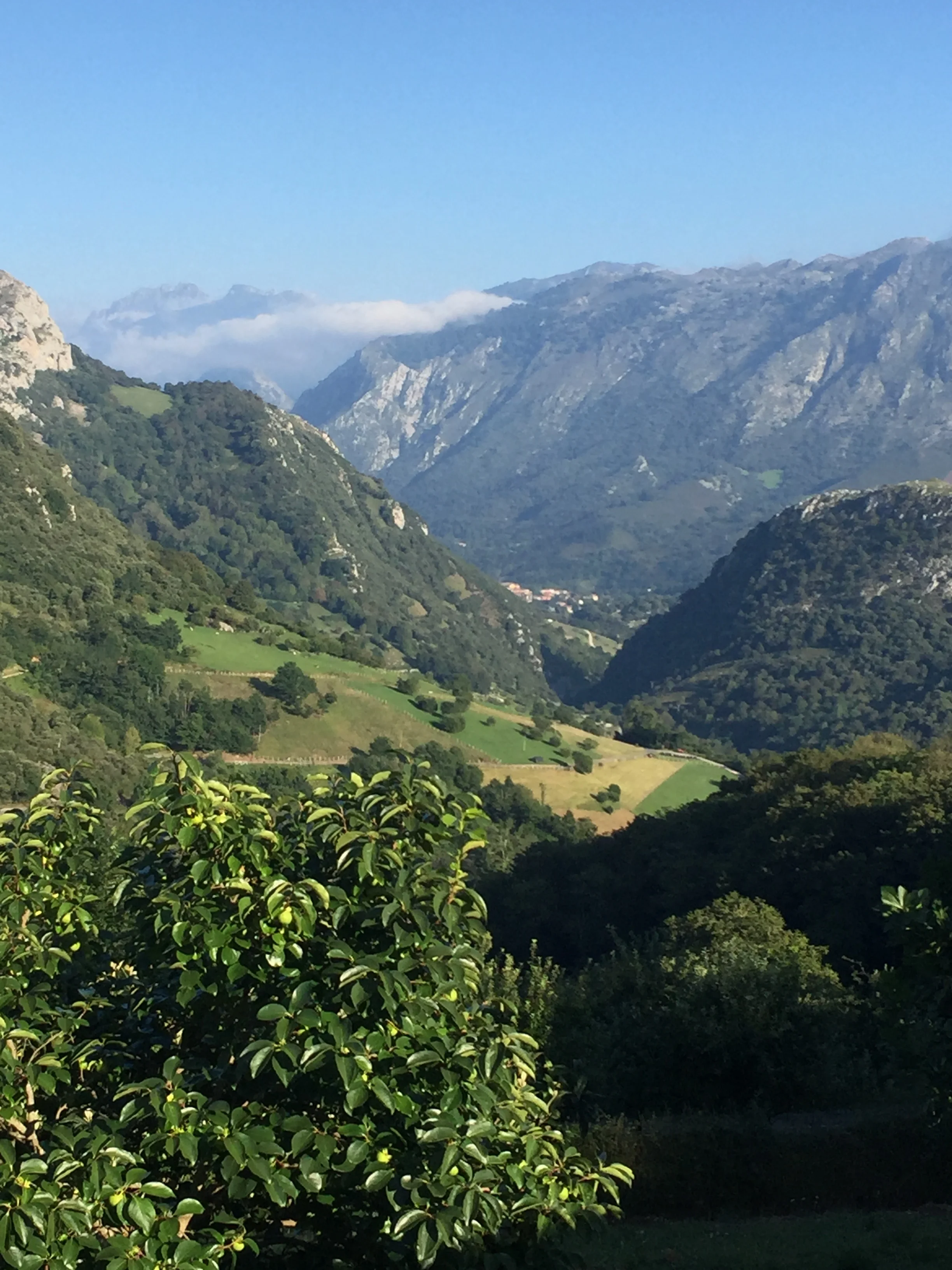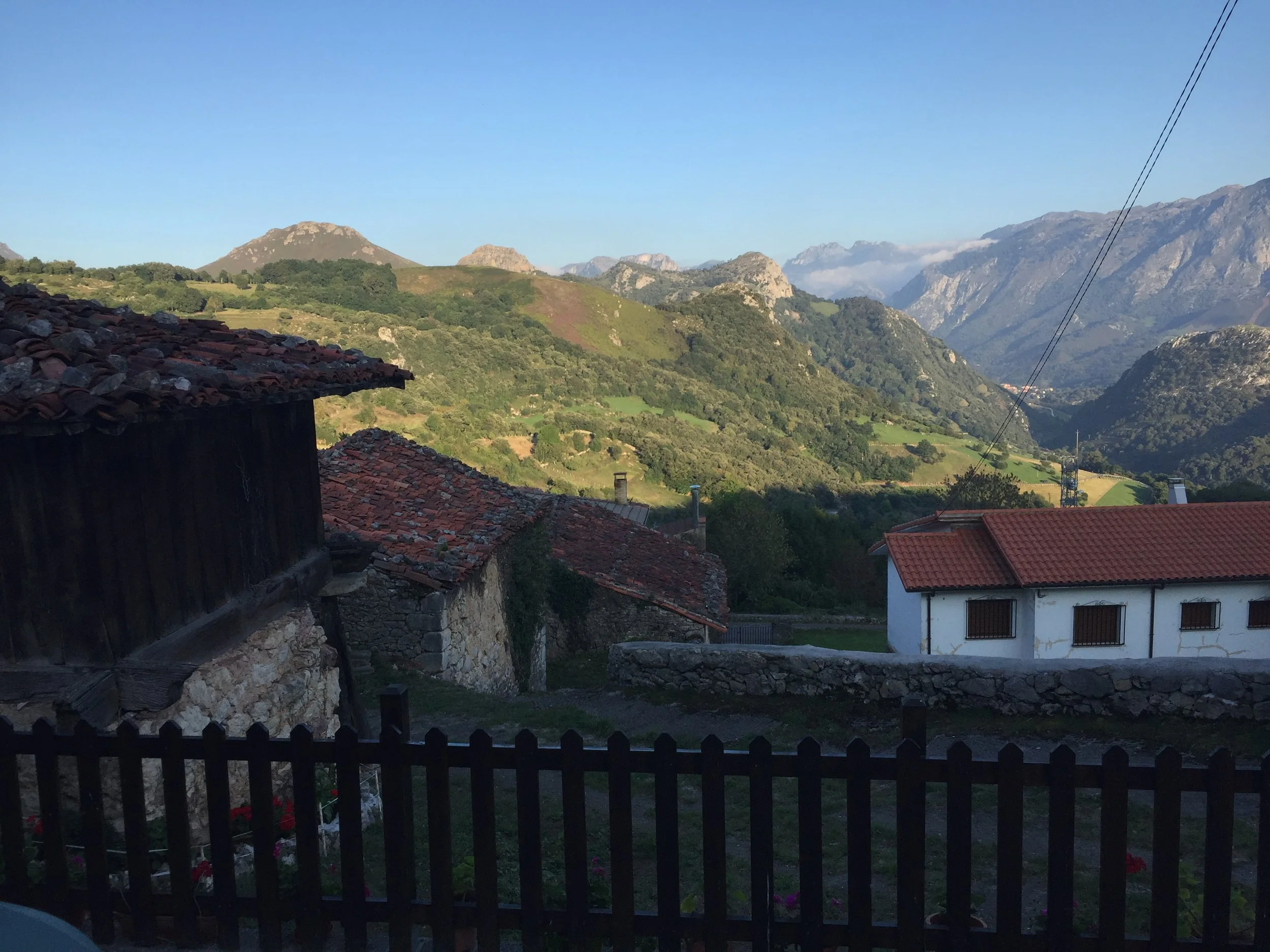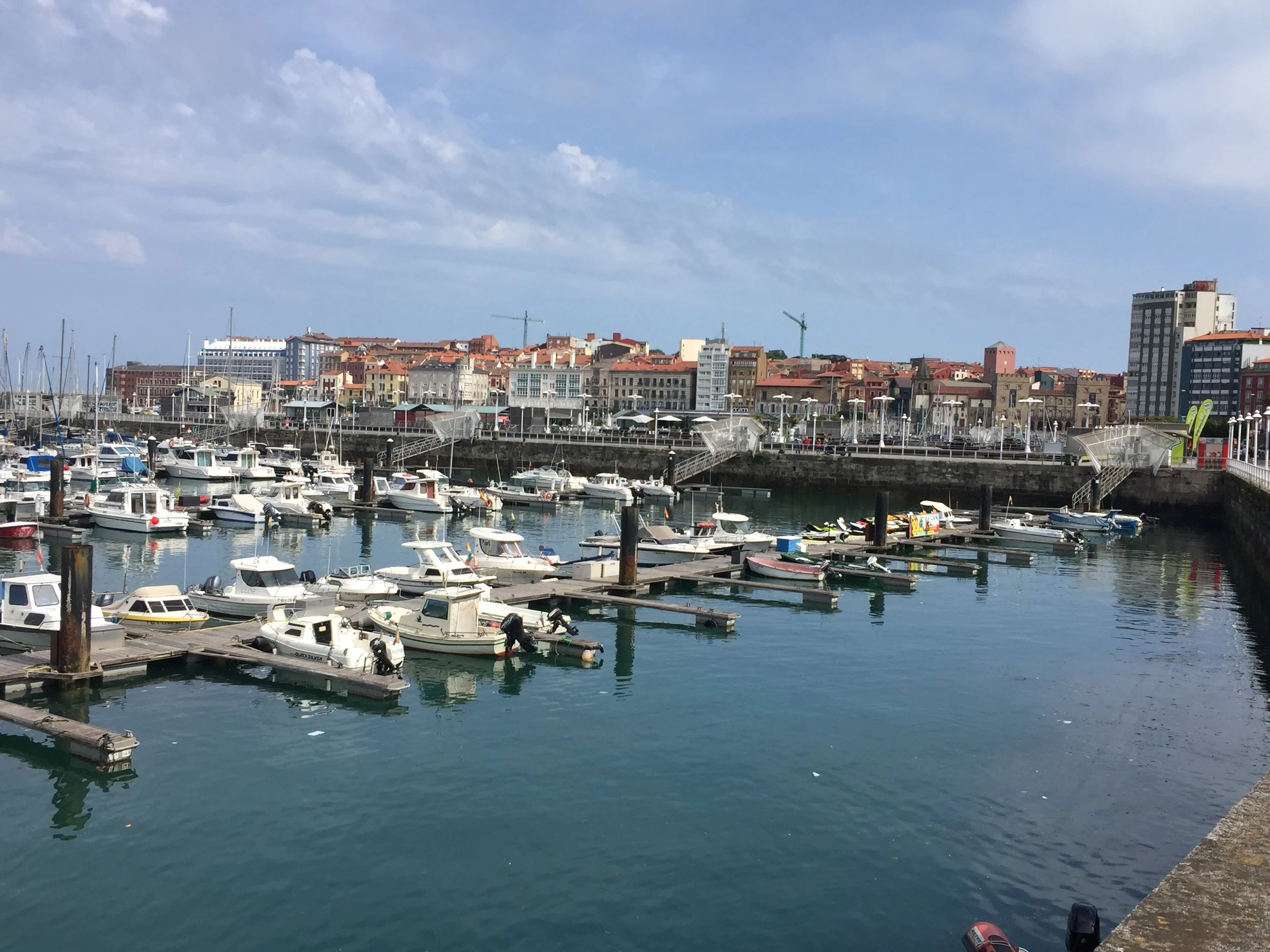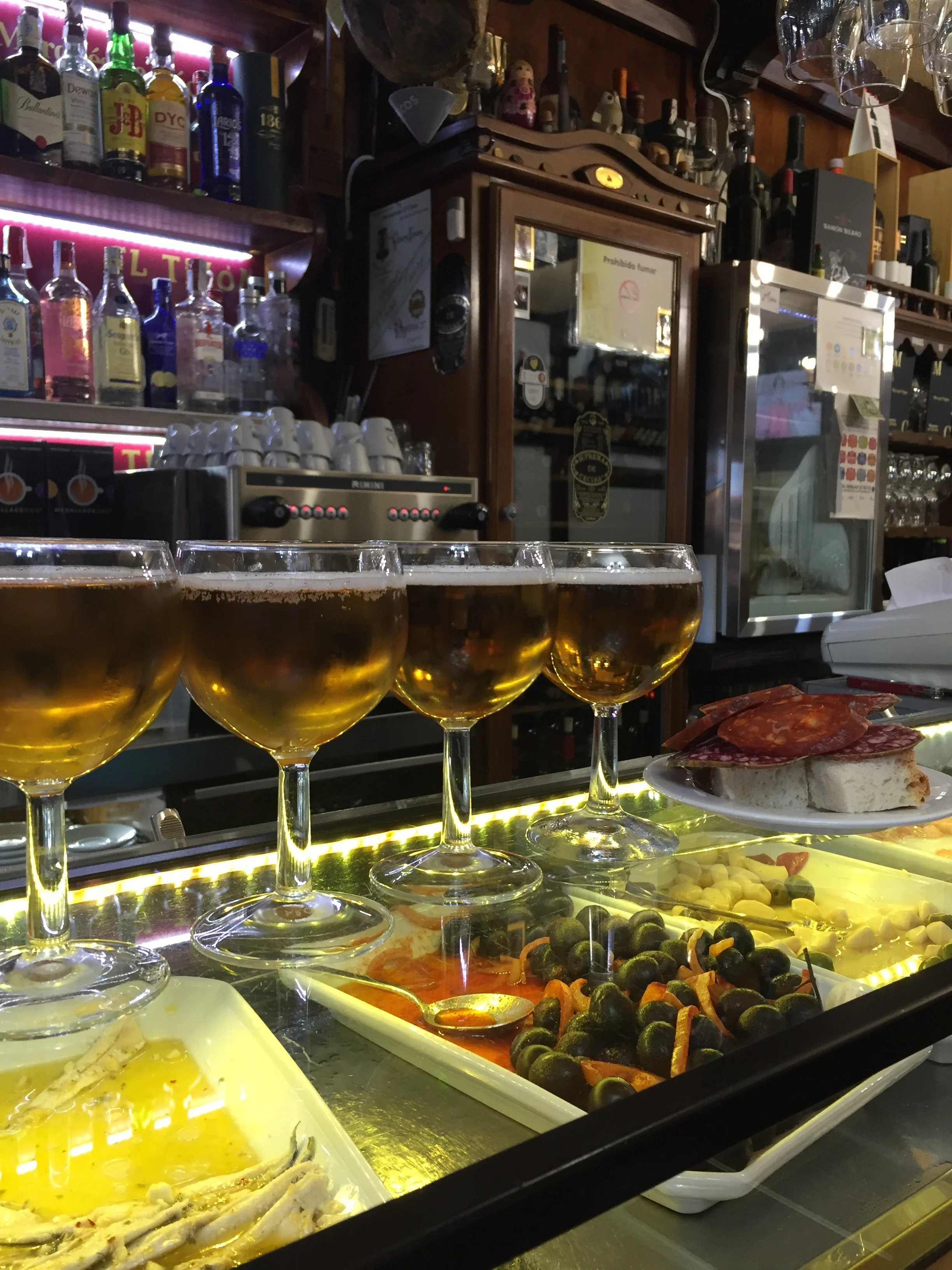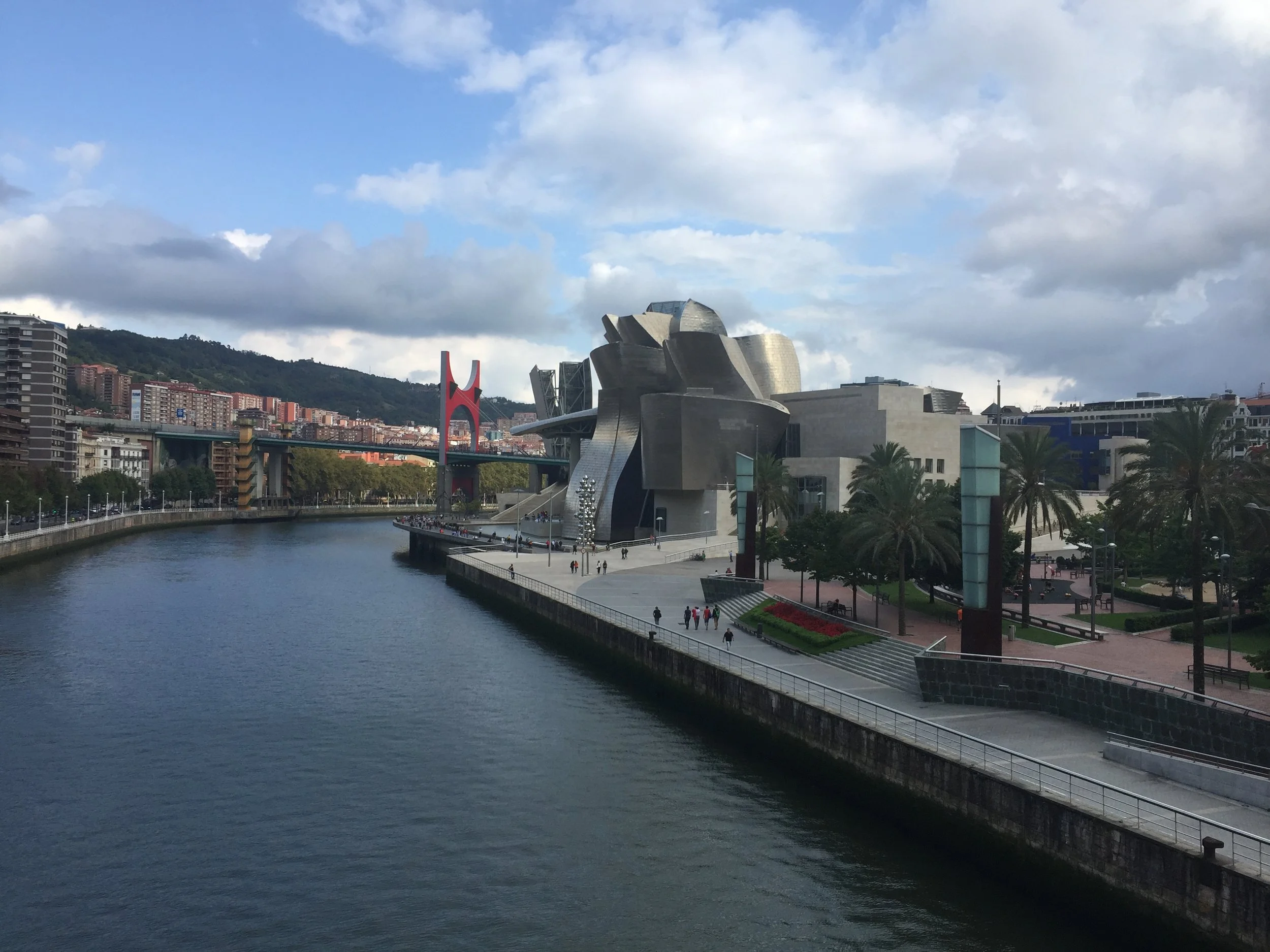Asturias: Cheese Caves and Cider Houses in Asiego
We were off! Amy and I had been planning a road trip through the Asturias for months.
But, if I’m going to be honest here, Amy did one hundred percent of the planning. Which was fine by us!
The seemingly unchanged Asturias region is undoubtedly the most massive hidden gem of Spain.
Amy claimed she’d been saving the trip for the right time, and I can see why. The landscape is awe-inspiring.
Rural, pastoral villages, or pueblos, dot the deep valleys and high mountaintops.
Much of the medieval architecture is influenced by the pre-Romanesque era.
Asiego and the surrounding area doesn’t embody the sunny flamenco and Spanish bullfighting stereotypes that manifests in Seville or Barcelona. Asiego tells a more truthful, earnest history of Spain.
There’s a tremendous pride that runs through every village in the Asturias. It’s the only part of Spain that was never defeated by the Muslims. Thus, some refer to it as the reconquered land.
And it’s not only mountainous green pastures. The dramatic coastline has vibrant fishing ports with over 200 beaches.
For us, the main attraction was the town of Asiego for the Ruta del Cabrales y Sidra, or cheese and cider tour. But, we decided to stop in Llanes, a village with a medieval harbor, along the way.
The drive from Leon to Llanes is a, very scenic, two and a half hours.
Today, the old whaling port is more widely known as a popular beach destination. Although small, the downtown itself is quite charming.
We went for a late lunch in search of the freshest seafood. We started with murcia cheese and cider, as we were entering the cider region in Northern Spain.
Followed by flash fried anchovies, tomatoes and anchovies, and besuga, or seabream.
The leisurely meal along the harbor was super fresh, as they only serve what’s caught that day.
After, we explored the quiet alleys around the village.
And were surprised to find so many picturesque passageways.
We followed a path along the harbor.
Only to come across the rocky coast. The colors really were stunning.
The sun was strong, uncharacteristically so for the region.
I wish we had a bit more time by the water, but we had a prearranged plans in Asiego that evening.
Asiego truly exemplifies the pride of Asturias region.
We did a tour of the area where we learned about the fermentation process for the Asturian hard cider, or sidra. After the apples are pressed, they are traditionally left to ferment using Chestnut barrels.
The cider is poured high above the glass to help carbonate the drink. Immediately after about an inch is poured in the glass, it’s chugged.
We also trekked deep into a cheese cave to learn about Cabrales, a sharp blue cheese native to the Asturias.
This is what we gathered from the spiel, given that the three hour tour was delivered in Spanish.
Thus, for me, wandering around this rural pueblo was the highlight, and utterly fascinating.
The man who led the tour grew up in the village.
And the cider fermentation process is a deeply rooted family business.
It’s quite different than any cider I’ve had in the States, or anywhere else in Europe. The cider is cloudy in appearance and tart and acidic in taste. Not bad, simply different.
After the tour, we were treated to a multi-course, extremely traditional, meal. To be honest, we didn’t know quite what we were in for, other than all you can drink cider and sharp Cabrales.
But the courses didn’t stop. Corn fritters, chorizo, blood pudding, tomato salad, bread soup, lamb and fries. The courses just kept on coming.
Despite the language barrier, it was a super memorable evening. Naturally, the cheese was incredible.
After the Ruta del Cabrales y Sidra, we headed to La Casona del Jou, a quaint inn for the evening in Ortiguero.
The city itself is remote, so we didn’t linger long.
The following morning we collected picnic materials at the town store, and went out in search of some sort of nature walk/trek/hike.
It seemed promising in the beginning, with a clear path forward.
However, as the path winded, it became clear that we’d be weed whacking, forging our own way.
Needless to say, we didn’t ultimately find a picnic spot among the mountainous cow filled pastures. So we drove a bit further to find the most gorgeous beach—prime picnic material.
As we headed out of the alpines, we drove in and out of charming villages.
And looked forward to see what other extraordinary surprises the Asturias had in store.


